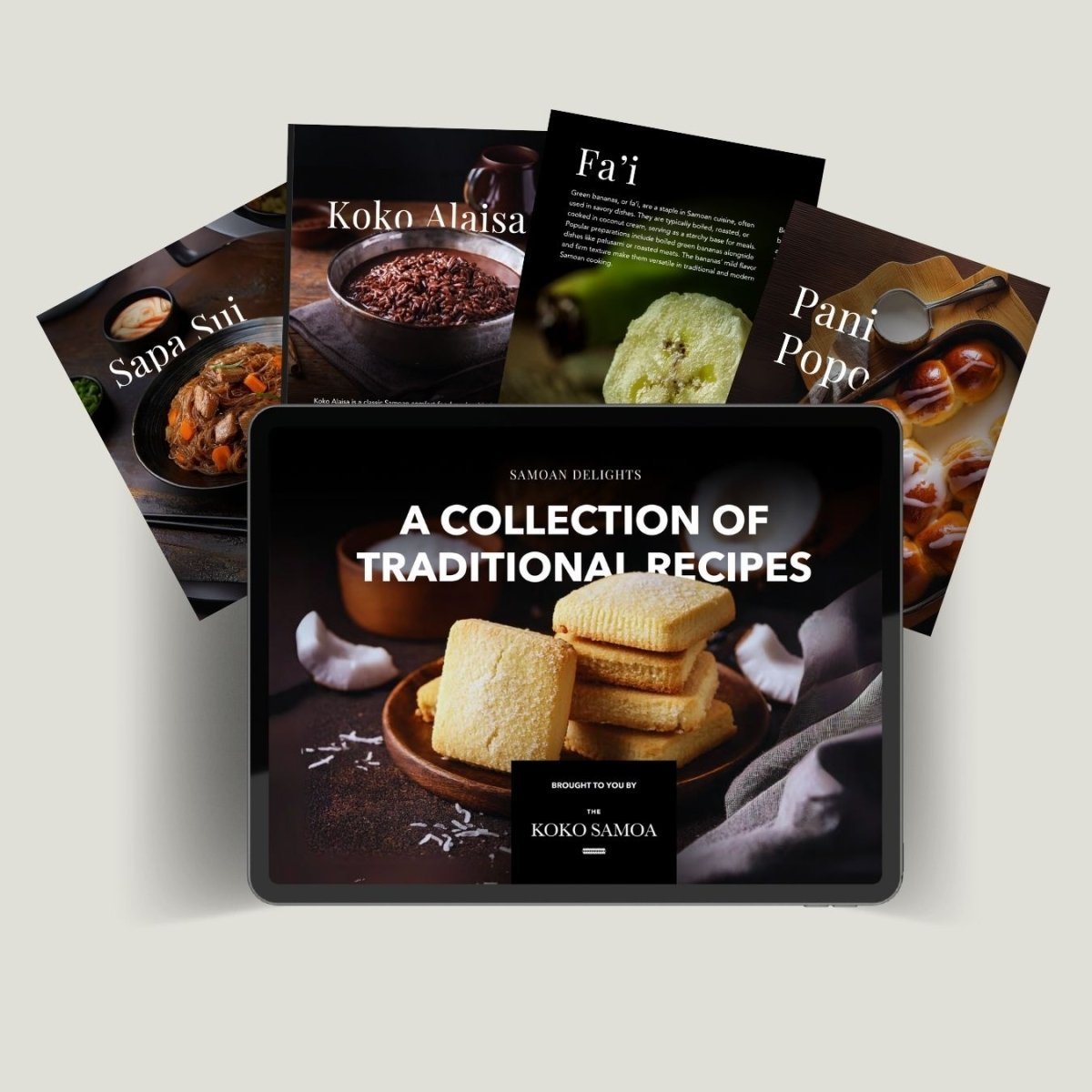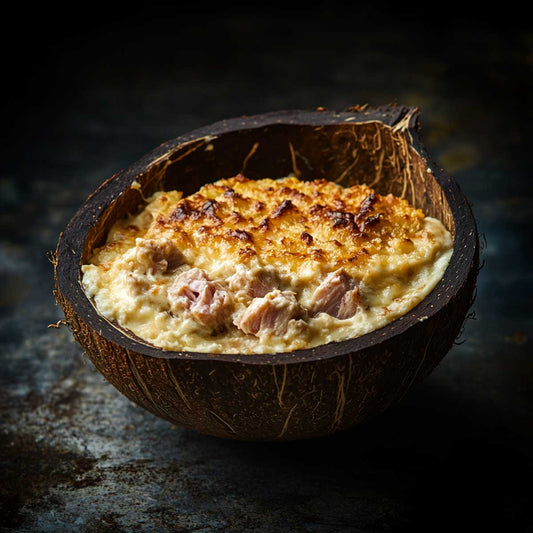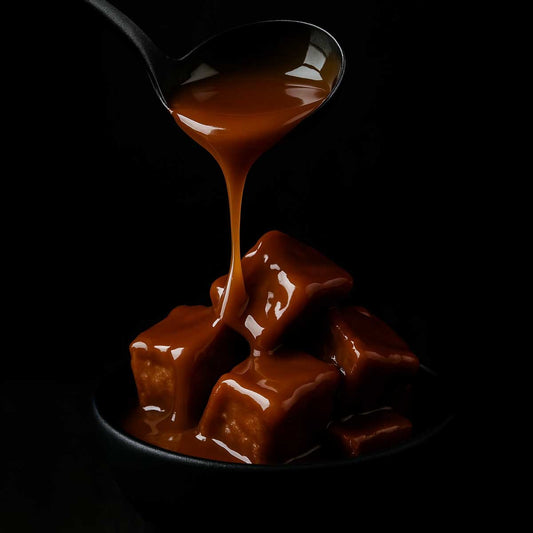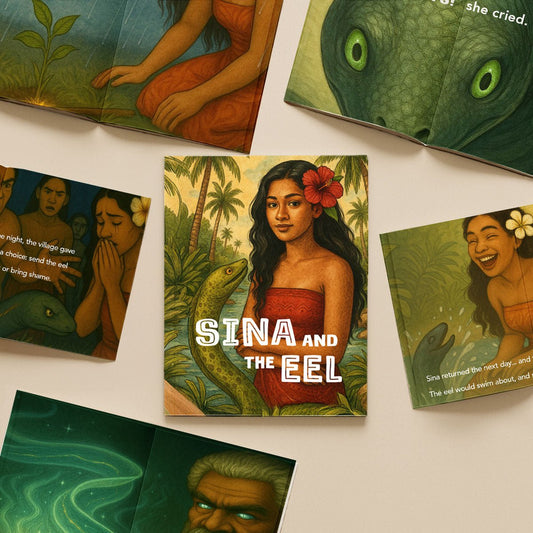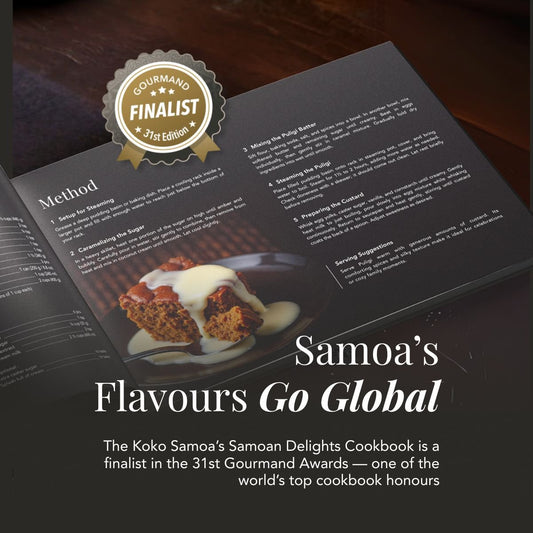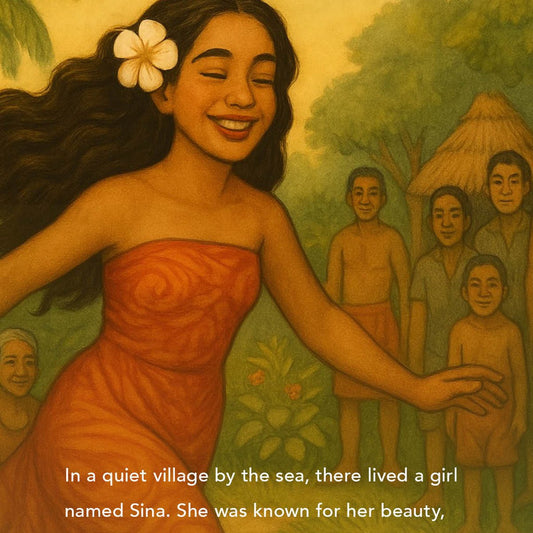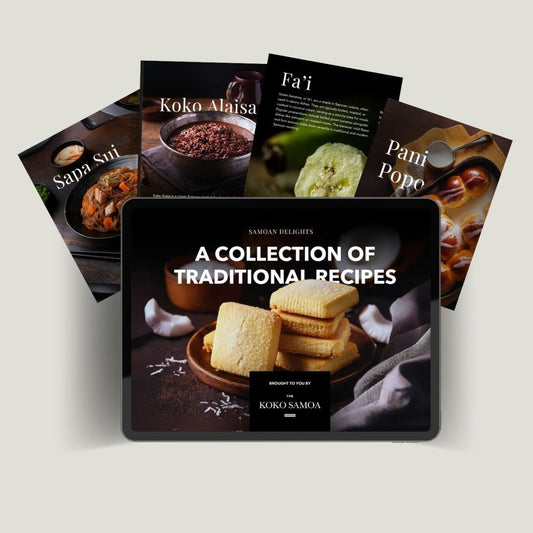Samoan Versus Tongan: Exploring the Heart of Polynesia
The vast expanse of the Pacific Ocean is home to a tapestry of vibrant cultures, two of the most celebrated being Sāmoa and Tonga. Often grouped together under the umbrella of Polynesia, these island nations share a deep ancestral heritage, yet their histories, social structures, and cultural expressions have evolved along distinct paths. To truly appreciate the Pacific, one must understand the fascinating nuances that define the Samoan and Tongan identities.
For those interested in Polynesian culture, from the powerful traditional arts to the foundational philosophies that govern daily life, exploring the similarities and differences between Sāmoa and Tonga offers a rich and rewarding journey. While they are kin, they are not clones. This in-depth guide will delve into the essential cultural, historical, and linguistic comparisons that set these two proud nations apart.
Foundational Differences: Governance and Social Structure
Perhaps the most significant and defining difference between Sāmoa and Tonga lies in their historical political systems. This distinction has profoundly shaped their societal hierarchies and values:
Sāmoa: The Way of the Chief (Fa'a Sāmoa)
Sāmoa, which gained independence in 1962, is governed by the system known as Fa'a Sāmoa, or "The Samoan Way."
- Political System: Traditionally, Sāmoa operates under a chief system known as Fa'amatai. Power is decentralized, residing in the hands of thousands of Matai (chiefs) who are responsible for their extended families ('Aiga) and villages.
- Social Emphasis: The Samoan system places immense value on oratory and eloquence. The Tulafale (talking chiefs) hold significant social status, as their skill in speech and debate is crucial for village consensus and political maneuvering.
- Focus: The culture emphasizes communal ownership, service, and respect (Fa'aaloalo), with status being earned through service to the family and community.
Tonga: The Last Pacific Kingdom
Tonga, known as the Kingdom of Tonga, is the only remaining Polynesian monarchy.
- Political System: Tonga has a history of an unbroken royal line. The monarchy, led by a King, is the ultimate source of national authority and is deeply revered. The social structure is highly centralized.
- Social Emphasis: Tongan culture places an unparalleled level of respect and deference toward the monarchy and the nobility. The social hierarchy is more rigidly defined, and status is often hereditary and tied to titles.
- Focus: The Tongan way is often seen as reflecting this powerful, long-standing centralized authority, with a strong focus on preserving the customs and protocols associated with the royal family.
Language: Divergent Tongues of the Same Family
Samoan (Gagana Sāmoa) and Tongan (Gagana Tonga) belong to the Polynesian language family, meaning they share common linguistic roots. A speaker of one can often recognize and understand a handful of words in the other. However, they are distinct languages, not mere dialects.
Key Linguistic Differences
- Sound System: Tongan has a complete /k/ sound, which is often replaced by a glottal stop ( ' ) in Samoan. This is a major phonetic difference. For example, the name of the Tongan kava ceremony is Kava, while in Samoan it is 'ava.
- The /t/ Sound: In Samoan, the /t/ sound is often pronounced as a /k/ sound in casual speech, which can be confusing for learners. Tongan retains a more consistent /t/ sound.
- Vocabulary: While words for family and basic actions may overlap, many key vocabulary terms are entirely different. The level of mutual intelligibility is generally low, similar to the difference between French and Spanish.
For visitors, learning the essential greeting Tālofa lava in Sāmoa and Mālō e lelei in Tonga is an important first step in showing respect.
The Arts and Traditions: Tātau vs Tātatau
The shared Polynesian heritage is most clearly visible in the traditional arts, yet even here, unique styles and protocols have emerged.
Traditional Clothing
- Lavalava (Samoa) vs. Tupenu (Tonga): Both nations use the ubiquitous wrap-around cloth, but the specifics of formal attire differ. In Sāmoa, men wear the lavalava, and women wear the puletasi (a matching skirt and top). In Tonga, the wrap is called a tupenu.
- Ta'ovala and Kiekie (Tonga): Tongans often wear a ta'ovala (a woven mat) or kiekie (a decorative waist girdle) over their clothing for formal occasions, symbolizing respect and status. This garment is a Tongan staple and is less common as a daily accessory in Sāmoa.
The Art of Tattooing (Tatau)
The practice of tattooing originated in the region, and both cultures maintain fierce pride in their traditional art, known as Tatau (Samoan) or Tātatau (Tongan).
- Samoan Tatau: The Samoan Pe'a (for men) and Malu (for women) is highly ritualized. The patterns cover a wider area, from the waist to the knees for the Pe'a, and the process is a profound, painful rite of passage tied to service and identity within the Fa'a Sāmoa.
- Tongan Tātatau: Tongan traditional tattooing is equally important but historically featured less extensive coverage than the Samoan Pe'a. Like many Tongan traditions, it is closely tied to the history of the kingdom and warrior culture.
The Sacred Tapa Cloth
Both cultures produce exquisite bark cloth, used for ceremonies, clothing, and gift-giving. In Sāmoa, it is called Siapo, while in Tonga, it is known as Ngatu. Though both are made from the bark of the paper mulberry tree, the specific painting techniques and geometric patterns used to decorate the cloth are unique to each nation.
Cuisine: Shared Roots, Distinct Flavors
Samoan and Tongan cuisine share staples like taro, breadfruit, and coconut cream, and both rely on the umu (earth oven) for cooking. However, the names and presentation of favorite dishes often differ:
- Lu/Lū: This is a parcel of taro leaves baked in coconut cream. In Sāmoa, it is called Palusami (though the general term for the taro leaf dish is Lu), while in Tonga, it is often simply called Lū, sometimes with the protein identified (e.g., Lū Pulu for corned beef).
- Raw Fish Salad: Sāmoa is famous for Oka, a refreshing dish of raw fish marinated in coconut cream and lemon/lime juice. Tonga has a very similar dish called 'Ota Ika.
- Celebratory Feasts: Both nations are known for their spectacular feasts that place food at the very center of their celebrations, reflecting the value they place on generosity and sharing with the community.
Conclusion: Two Pillars of Polynesian Pride
While Sāmoa and Tonga stand as powerful, interconnected pillars of Polynesia, their stories are uniquely their own. Sāmoa is defined by the resilience of its communal chief system and the profound eloquence of the Fa'a Sāmoa, while Tonga is distinguished by the enduring power and reverence for its royal dynasty.
To compare Sāmoa versus Tonga is not to choose a winner, but to celebrate the incredible diversity that sprang from a single, ancient Polynesian lineage. Both nations offer a deep dive into an authentic Pacific way of life, rich in tradition, breathtaking in art, and welcoming to all who approach with respect and an open heart.
Whether you are drawn to the oratorical debates of the Samoan Fono (village council) or the royal pageantry of the Tongan King, the essence of the Pacific spirit—generosity, respect, and deep familial bonds—lives on in both.
Embrace the heritage, art, and timeless traditions of the Pacific. Honour the spirit of Polynesia, from Sāmoa to Tonga, by connecting with authentic cultural goods. Shop our collection today and wear your Pacific pride.
